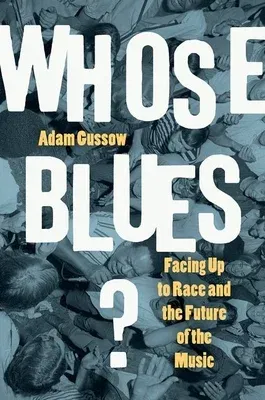Mamie Smith's pathbreaking 1920 recording of "Crazy Blues" set the pop
music world on fire, inaugurating a new African American market for
"race records." Not long after, such records also brought black blues
performance to an expanding international audience. A century later, the
mainstream blues world has transformed into a multicultural and
transnational melting pot, taking the music far beyond the black
southern world of its origins. But not everybody is happy about that. If
there's "No black. No white. Just the blues," as one familiar meme
suggests, why do some blues people hear such pronouncements as an
aggressive attempt at cultural appropriation and an erasure of traumatic
histories that lie deep in the heart of the music? Then again, if "blues
is black music," as some performers and critics insist, what should we
make of the vibrant global blues scene, with its all-comers mix of
nationalities and ethnicities?
In Whose Blues?, award-winning blues scholar and performer Adam Gussow
confronts these challenging questions head-on. Using blues literature
and history as a cultural anchor, Gussow defines, interprets, and makes
sense of the blues for the new millennium. Drawing on the blues
tradition's major writers including W. C. Handy, Langston Hughes, Zora
Neale Hurston, and Amiri Baraka, and grounded in his first-person
knowledge of the blues performance scene, Gussow's thought-provoking
book kickstarts a long overdue conversation.


